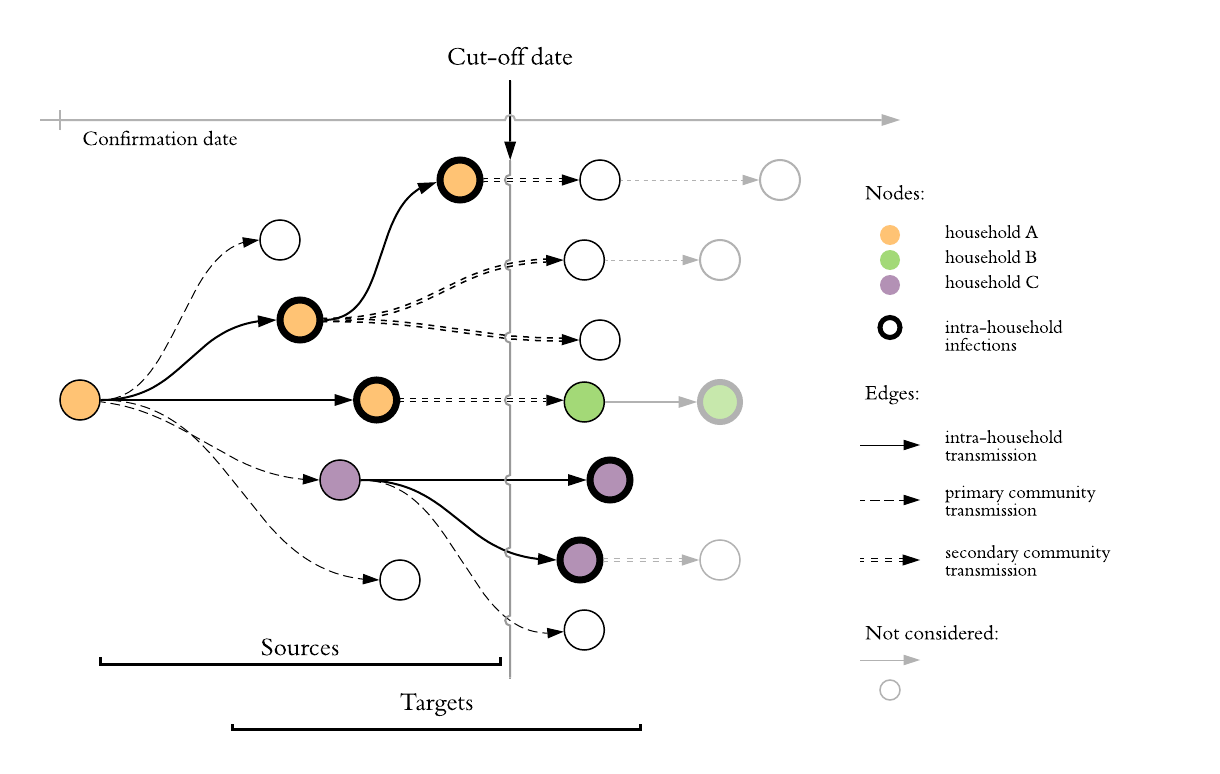Constructing and adjusting estimates for household transmission of SARS-CoV-2 from prior studies, widespread-testing and contact-tracing data
International Journal of Epidemiology, 2021
Mihaela Curmei, Andrew Ilyas*, Owain Evans, Jacob Steinhardt https://academic.oup.com/ije/advance-article/doi/10.1093/ije/dyab108/6307150
Social distancing and lockdowns reduce community transmission of SARS-CoV-2, but do not directly address household transmission. We study the effect and preventability of household transmission through the lens of secondary attack rate (SAR) and intra-household reproduction number (Rh). For the former, we use a Bayesian random-effects model to pool 29 previous studies, correcting for false negatives and asymptomatic cases: our corrected estimate for SAR is a 24% (20-28%) and 0.34 (0.30–0.38) for the household reproducibility number. Without corrections, the pooled estimates are: SAR = 18% (14–21%) and Rh = 0.28 (0.25–0.32). The corrected estimates line up with direct estimates from contact-tracing data from Singapore [Rh = 0.32 (0.22–0.42)] and population testing data from Vo’ [SAR = 31% (28–34%) and Rh = 0.37 (0.34–0.40)]. The analysis of Singapore data further suggests that the value of Rh (0.22–0.42) is robust to community-spread dynamics; our estimate of Rh stays constant whereas the fraction of infections attributable to household transmission (Rh/Reff) is lowest during outbreaks (5–7%) and highest during lockdowns and periods of low community spread (25–30%).

Mihaela Curmei and Andrew Ilyas contributed equally to this work.
Pre-print version of this work can be found on medRxiv
